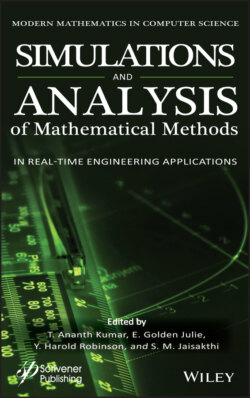Читать книгу Simulation and Analysis of Mathematical Methods in Real-Time Engineering Applications - Группа авторов - Страница 39
2.3 Mathematical Model for Offloading
ОглавлениеMathematical offloading is a process of mathematical calculations and programming to compute offloading of tasks. In general words, mathematical offloading and modeling are converting physical world challenges into a mathematical form that would generate solutions for any application. The system model as such is divided into Stochastic and Deterministic process. The dependent factor of the system determines the parameters of the model. Being manageable to scientific investigations is the advantage of the deterministic model. The stochastic model is considered for having entities that produce probabilities concerning time [17]. Model for offloading where static in stochastic and deterministic is responsible for representing a system at a given time and dynamic in stochastic and deterministic is responsible for representing a system with respect to change in time. The dynamic model for stochastic and deterministic is divided into discrete and continuous. In discrete, the variables change at a discrete set of points with respect to time. In continuous dynamic, variables change with respect to time [18]. The stochastic dynamic-based system can be easily modeled and the optimization problem can be solved using the Markov chain model. There are various types of Markov chain models for dynamic problem solving, depicted in Figure 2.7, namely, i) Markov chain, Semi-Markov chain, Markov Decision, Hidden Markov, Queuing model. The section below describes these models in detail.
Figure 2.7 Markov chain-based stochastic process.
